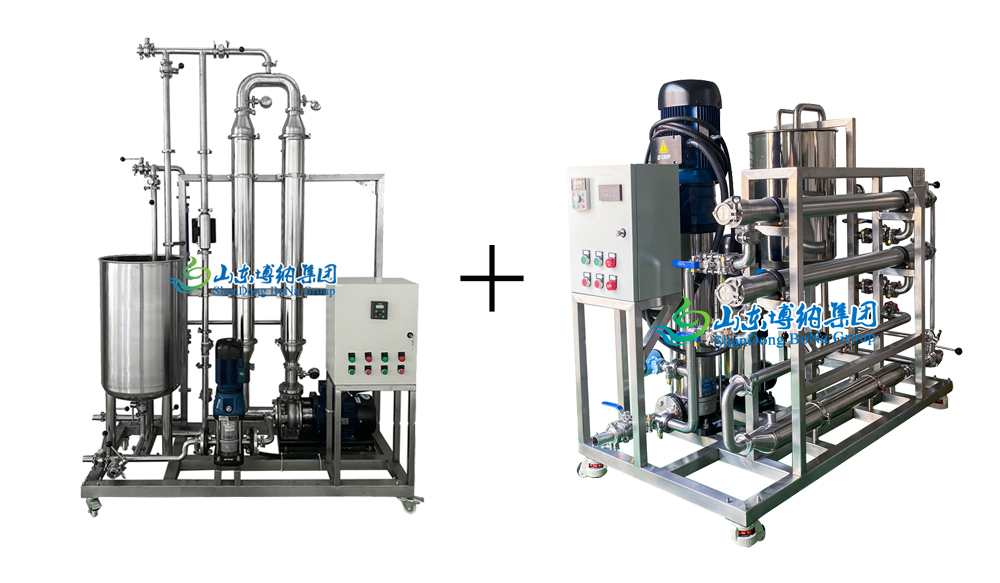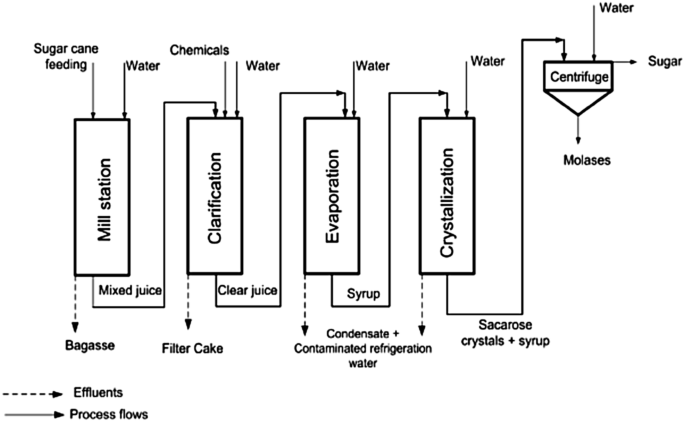Discover the Ingenious Benefits of Products From Sugarcane for Sustainable Living
Sugarcane has actually arised as an essential resource in the quest for sustainable living. Its varied applications extend naturally degradable packaging, renewable resource, and much healthier food choices. As industries seek eco-friendly choices, sugarcane's convenience supplies appealing services. The true potential of sugarcane expands beyond its current usages. Discovering its cutting-edge advantages might reveal brand-new pathways towards a more sustainable future. What various other possibilities might this exceptional plant hold?

The Rise of Sugarcane as a Lasting Resource
As international awareness of ecological problems grows, sugarcane has actually become a popular lasting source. This versatile plant provides a selection of advantages that add to environmentally friendly techniques. Sugarcane is a renewable energy, with the ability of growing in varied climates while taking in carbon dioxide, thereby alleviating greenhouse gas exhausts. Its rapid development cycle enables frequent harvesting, resulting in a continuous supply of raw material.Additionally, sugarcane cultivation usually requires less water compared to various other crops, making it a reliable alternative in water-scarce areas. The byproducts of sugarcane, such as bagasse and molasses, can be repurposed for numerous applications, decreasing waste and promoting round economic situation concepts. Moreover, developments in farming methods have actually resulted in even more lasting farming techniques, additionally improving sugarcane's ecological account. As consumers increasingly look for lasting choices, sugarcane stands out as a feasible choice for those devoted to reducing their eco-friendly impact.
Naturally Degradable Product Packaging Solutions
How can biodegradable product packaging options change the method customers come close to sustainability? By utilizing sugarcane-based products, these innovative options supply a compelling option to conventional plastics. Eco-friendly product packaging made from sugarcane decomposes normally, markedly lowering garbage dump waste and greenhouse gas discharges. As consumers come to be progressively aware of their environmental impact, the demand for lasting packaging remains to rise.These sugarcane-derived products not just serve practical purposes but likewise align with eco-conscious customer values. They offer a concrete way for businesses and individuals to add to a circular economic situation, advertising resource performance and minimizing ecological footprints. Additionally, as sectors embrace naturally degradable choices, they promote a society of sustainability that resonates with a growing group looking for accountable choices.In essence, eco-friendly product packaging services from sugarcane stand for a vital action forward in lasting techniques, empowering consumers to make eco-friendly decisions without compromising convenience or top quality.
Renewable Power Generation From Sugarcane
A significant part of renewable resource generation can be derived from sugarcane, showcasing its convenience beyond typical agricultural uses. Sugarcane biomass, consisting of bagasse and leaves, is a powerful resource for bioenergy manufacturing. This biomass can be converted into biofuels such as ethanol, which works as a cleaner alternative to fossil fuels. In addition, the combustion of sugarcane by-products produces steam and electrical energy, providing an energy resource for sugar mills and close-by communities.The growing of sugarcane additionally adds to carbon sequestration, as the plants take in co2 throughout their development cycle. By using sugarcane for energy, waste is minimized, and lasting methods are encouraged. This eco-friendly energy technique not just supports power needs but also advertises rural advancement, producing work in bioenergy markets. Overall, sugarcane stands out as an essential gamer in the shift to lasting energy remedies, aligning with worldwide initiatives to lower carbon impacts.

Eco-Friendly Textiles and Fabrics
Environment-friendly fabrics and fabrics originated from sugarcane offer a promising option to conventional products. These eco-friendly choices not just minimize ecological impact but also supply resilience and efficiency equivalent to conventional materials. Lasting production processes additionally enhance their appeal, making them an integral part of a lasting way of living.
Eco-friendly Textile Choices
Why is the change toward biodegradable textile alternatives necessary for lasting living? The boosting awareness of environmental degradation has actually triggered a look for options to conventional textiles, which usually add to contamination and waste. Biodegradable fabrics, stemmed from renewable energies such as sugarcane, use a promising service. These products decay naturally, lowering landfill buildup and reducing ecological influence. Additionally, they can aid reduced carbon impacts and reliance on fossil fuels. As consumers become more eco-conscious, the demand for sustainable textiles grows, encouraging makers to introduce and invest in biodegradable choices. This modification not only supports sustainable methods however likewise fosters a round economic climate, leading the method for a much more accountable method to fashion and fabric manufacturing.
Toughness and Performance
When evaluating green fabrics and textiles, durability and efficiency are essential variables. Sugarcane-derived products show remarkable stamina and durability, making them suitable for numerous applications. These textiles frequently exhibit premium moisture-wicking residential or commercial properties, which improve convenience in daily wear. Additionally, their all-natural fibers add to breathability, guaranteeing that garments remain wearable and fresh even popular problems. The efficiency of sugarcane-based textiles includes their resistance to tear and use, permitting products to keep their honesty in time. These environment-friendly textiles can be treated to enhance UV protection and discolor resistance, meeting the sensible needs of customers without jeopardizing sustainability. Eventually, sugarcane textiles supply an unified balance of sturdiness and performance, interesting ecologically aware individuals.
Lasting Manufacturing Processes
The impressive sturdiness and efficiency of sugarcane-derived fabrics are enhanced by lasting manufacturing procedures that focus on environmental duty. These processes use renewable energies, lessening dependence on nonrenewable fuel sources and minimizing carbon footprints. By using the by-products of sugarcane cultivation, manufacturers can create eco-friendly textiles while advertising waste reduction. Advanced techniques, such as water-efficient dyeing and naturally degradable therapies, better boost the sustainability of these fabrics. In addition, the usage of non-toxic chemicals warranties that the manufacturing process does not damage communities or human wellness. This commitment to sustainability not just interest environmentally conscious customers however also supports local economies by advertising lasting agricultural techniques. Overall, sugarcane-derived fabrics represent a considerable step in the direction of a greener future in the style market.
Sugarcane-Based Biofuels and Their Impact

Sugarcane-based biofuels have become a considerable alternate energy resource, providing an eco-friendly option to the world's growing energy demands. These biofuels, stemmed from the fermentation of sugarcane juice or molasses, offer a more sustainable alternative compared to nonrenewable fuel sources. Their manufacturing procedure produces reduced greenhouse gas exhausts, adding to climate change reduction efforts.Additionally, sugarcane biofuels can improve energy protection by diversifying energy sources and lowering dependence on imported oil. The cultivation of sugarcane also promotes rural development, producing jobs and stimulating neighborhood economies.However, concerns relating to land usage and food competition persist, as enhanced biofuel production may influence food supply chains. Lasting farming methods are vital to stabilizing these completing interests and ensuring that biofuel manufacturing does not threaten food security. In general, sugarcane-based biofuels represent an appealing method for a greener power future, supplied that their ecological and social ramifications are meticulously managed.
Much Healthier Alternatives: Sugarcane in Food Products
While many consumers seek healthier options in their diets, sugarcane products provide a healthy option to fine-tuned sugars and sweetening agents. Acquired from the all-natural removal of sugarcane juice, these items maintain crucial nutrients, consisting of nutrients, that are often lost in refined sugars. Sugarcane has anti-oxidants and nutritional fiber, adding to total wellness and wellness.Many health-conscious people are turning to sugarcane syrup and jaggery, which give a reduced glycemic index compared to conventional sugars, making them ideal for those taking care of blood glucose degrees. Furthermore, sugarcane-derived sweeteners can improve the flavor of different dishes without the unfavorable results connected with synthetic additives.This shift in the direction of all-natural artificial sweetener not just advertises better nutritional options however likewise aligns with sustainable living techniques, as sugarcane is a renewable energy. For that reason, sugarcane products are arising as beneficial alternatives in the domain name of food.
The Future of Sugarcane in Lasting Technologies
The future of sugarcane is positioned to incorporate cutting-edge applications that prolong past conventional uses. Its prospective as a source for naturally degradable product packaging solutions and renewable resource resources highlights its role in sustainable techniques. Exploring these improvements could significantly impact ecological preservation and resource management.
Eco-friendly Packaging Solutions
An increasing number of my blog business are transforming to biodegradable packaging solutions originated from sugarcane as a promising option to typical plastics. These innovative materials, often made from sugarcane fibers and bioplastics, decompose naturally, reducing the resilient ecological effect connected with traditional plastic waste. By using renewable energies, sugarcane-based packaging adds to a more lasting manufacturing cycle, aligning with global initiatives to fight air pollution and environment change. Additionally, these services commonly keep the sturdiness and capability required for various applications, from food containers to delivery products. As customer need for eco-friendly options expands, organizations taking on sugarcane product packaging not only improve their brand picture however also play an essential function in promoting a circular economy, paving the way for a greener future.
Renewable Resource Sources
Eco-friendly product packaging remedies are just one element of the wider capacity of sugarcane in promoting sustainability. An additional substantial application hinges on sustainable power sources. Sugarcane is a versatile crop that can be used to produce biofuels, such as ethanol, which serves as a cleaner alternative to fossil gas. The fermentation process of sugarcane juice yields ethanol that can power vehicles and generate electrical energy. Additionally, the by-products of sugarcane handling, like bagasse, can be utilized to produce biomass power, using a effective and lasting approach to harness power. This dual function as both a source of biofuel and biomass highlights sugarcane's possibility in minimizing carbon emissions and sustaining a shift to an extra lasting energy landscape in the future.
Regularly Asked Concerns
Just How Is Sugarcane Gathered Sustainably?
Sugarcane harvesting can be sustainable through strategies like hand-operated cutting, which reduces dirt disruption, and making use of machinery that lowers fuel intake (Products From Sugarcane). Visit Your URL Crop turning and integrated parasite administration better improve ecological health and advertise long-term dirt fertility
What Are the Environmental Influences of Sugarcane Farming?

Can Sugarcane Products Be Reused?
The inquiry of whether sugarcane products can be reused exposes a favorable outlook. Lots of sugarcane-derived products, such as bioplastics and packaging, are made for recyclability, adding to an extra sustainable waste administration strategy within ecological factors to consider.
Are There Any Type Of Downsides to Using Sugarcane-Based Products?
The drawbacks of using sugarcane-based items include potential land usage competitors with food crops, challenges in massive production, and problems concerning the ecological effect of monoculture farming methods, which can lessen biodiversity and dirt wellness.
Just How Does Sugarcane Growing Affect Resident Communities?
Sugarcane cultivation influences neighborhood areas by giving work possibilities and increasing regional economies. It can also lead to land disagreements and environmental concerns, affecting farming practices and area health, demanding a balanced technique to advancement. Advancements in agricultural practices have led to even more sustainable farming methods, additionally enhancing sugarcane's ecological account. Furthermore, the combustion click reference of sugarcane by-products produces steam and electricity, providing a power source for sugar mills and close-by communities.The farming of sugarcane also contributes to carbon sequestration, as the plants soak up carbon dioxide throughout their development cycle. By utilizing sugarcane for power, waste is decreased, and sustainable methods are encouraged - Products From Sugarcane. Sugarcane has anti-oxidants and nutritional fiber, adding to general health and wellness.Many health-conscious people are turning to sugarcane syrup and jaggery, which give a lower glycemic index compared to conventional sugars, making them ideal for those taking care of blood sugar degrees. Additionally, the by-products of sugarcane handling, like bagasse, can be utilized to generate biomass power, offering a sustainable and effective approach to harness power